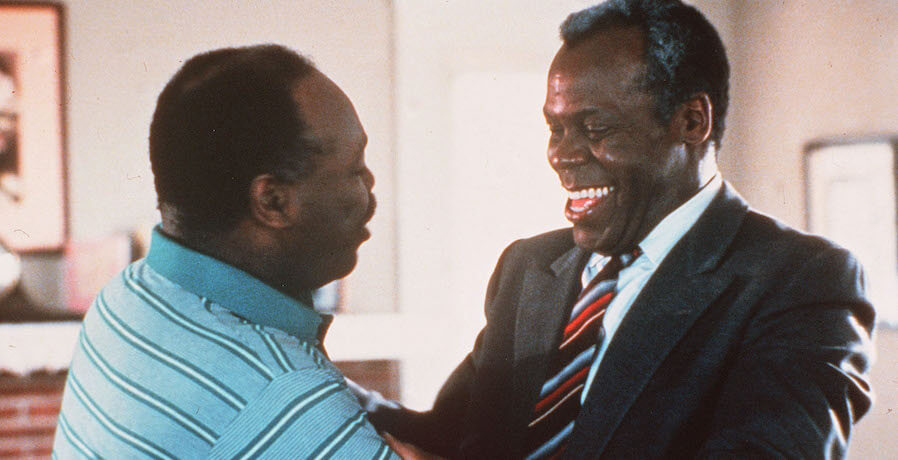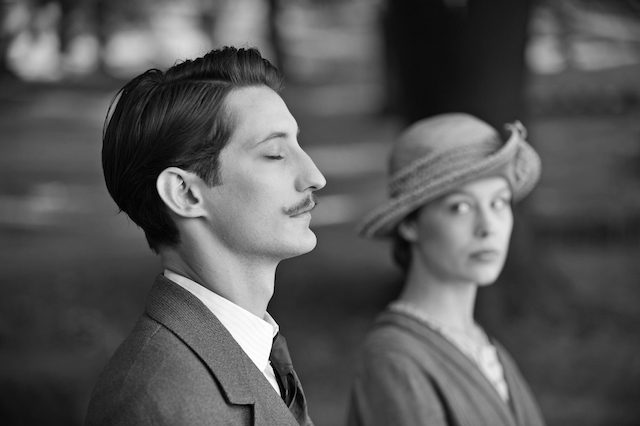‘To Sleep with Anger’ Charles Burnett should have been huge. In a way, he is huge: Since his 1977 feature debut “Killer of Sheep,” he’s been a great filmmaker and one of the finest filmic chroniclers of the American black experience. But the only reason he’s worked consistently was by hook and crook. Though he’s the most renowned alum, along with Julie Dash, of the “L.A. Rebellion” — the African and African-American filmmakers who started filling film schools and, sometimes, movie theater screens from the ’60s through the ’80s — he’s rarely been interested in crafting the kinds of movies that make money people excited. Instead he’s scrounged together a patchwork career. He’ll work with low to next-to-no budgets, he’ll turn to documentaries or TV — anything to make a film. That’s why he’s often called one of the best filmmakers people have never heard of, when he should be called one of the best filmmakers period. “To Sleep with Anger” could have been huge, too. It was Burnett’s first dalliance with a decent budget — only $1.4 million, but not bad for the time. It was a runner-up for the Grand Jury Prize at Sundance. It starred Danny Glover, then one of the biggest movie stars in the world, lending his name — and one of his finest performances — to a little movie that could. But Burnett, as always, was out of fashion — or, perhaps we can say, the world was not up to his standards. With “To Sleep with Anger,” he made a film about black people too rarely seen on screens, then and now: those who aren’t Huxtables-comfortable, but not defined by their lack of money. It was subtle and quietly powerful — partly novelistic, partly poetic. And so, in 1990, what could have been his break-out movie sank like a dead fish. RELATED: Review: “Sully” is one of Clint Eastwood’s best studies of tormented masculinity Granted, it’s a bit of a hard sell. “To Sleep with Anger” has a hook but is reluctant to overplay it. It follows Suzie and Gideon, a middle-aged couple (Mary Alice and Paul Butler) in South Central L.A. This isn’t the dangerous ghetto of most movies set in the city’s region. Suzie and Gideon live in a comfortable, modest home, one that’s quickly invaded by an old friend: Glover’s Harry, who arrives unannounced and asks to stay. It’s clear from his first steps into their house that he’s no good; it’s just hard to put a finger on why. Some of his misdeeds are blatant, if minor: He interrupts their placid existence with loud card games and parties. He clearly relishes in manipulating old acquaintances, drudging up forgotten sins from long ago, just to mess with them. Other ways are more mysterious, maybe even supernatural: For one thing, Gideon suddenly finds himself sick, and their lives are generally turned upside down. You could read this as a spiritual movie, what with a soundtrack that makes room for spirituals and a jaunt to Sunday church. You might want to think of it as a moral tale, in which God tests a good couple by unleashing one of the devil’s minions. But Burnett won’t let you treat it as simple. It’s rich and slippery. Harry could be pure evil, but equally likely is he’s just a guy — the type of guy who brings misfortune and misery everywhere he goes, but only because that’s who he is. Glover has rarely been more charismatic, but he subtly twists his persona so that his usual charm is laced with menace. He keeps you on your toes, as does the movie, which quietly tries to forge a new kind of film — and one we could use more of. A new restoration of “To Sleep with Anger” plays at the Lincoln Center through Sept. 19. Visit the site for showtimes and tickets.
Director: Charles Burnett
Stars: Danny Glover, Mary Alice
Rating: PG
4 (out of 5) Globes
‘To Sleep with Anger’ returns with one of Danny Glover’s best turns

The Kobal Collection
Follow Matt Prigge on Twitter @mattprigge















